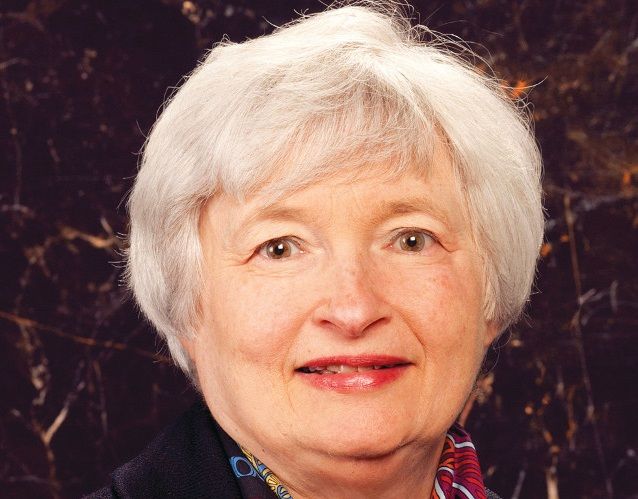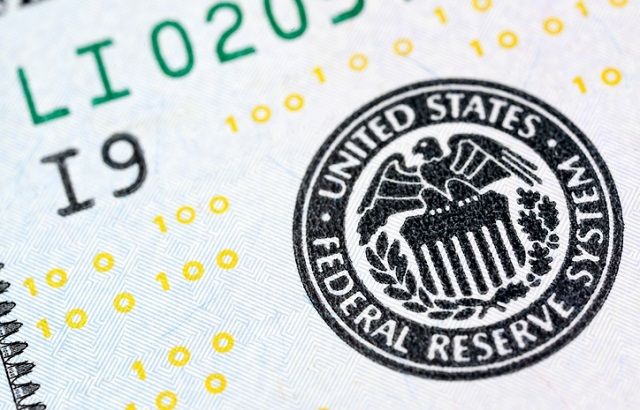‘You’re hired’: does Trump’s Fed pick matter?
US president Donald Trump may be touting his pick for Federal Reserve chair as an “anxiously awaited” event, but how are investors preparing for Thursday’s big reveal?

US president Donald Trump may be touting his pick for Federal Reserve chair as an “anxiously awaited” event, but how are investors preparing for Thursday’s big reveal?

Blackrock’s chief investment strategist Richard Turnill believes “monetary divergence” between the US and the eurozone is creating investment opportunities. The assertion is certainly contrarian.

The US Federal Reserve announced it will begin to unwind its quantitative easing programme in October, and said another rate hike this year is likely despite persistently low inflation.

The damage caused by hurricane Harvey will dampen GDP growth to an extent that will force the Fed to forget about hiking rates further this year, it was claimed.

Friday’s US inflation report suggests the recent streak of soft CPI inflation may be more persistent than the Fed initially believed, decreasing the likelihood of further rate rises.

The bulk of US Treasuries are owned by the Fed and foreign investors. But this is set to change, and it could have serious consequences.

While markets could remain complacent and expensive for some time to come, recession risk is rising, says asset manager Robeco. Fidelity is also increasingly cautious, expecting “the longest equity bull market since World War II” to end within 18 months.

The third 0.25% interest rate hike of this upcycle from the US Federal Reserve begs five questions, all of which have implications for the US, the globe and portfolios.

The Federal Reserve’s decision to raise its benchmark rate for the second time in three months, has led to speculation of further rises this year, with another four to come in 2018.

Federal Reserve chair Janet Yellen offered the market a hawkish message on Tuesday as she indicated the US economy might be poised for a series of gradual interest rate increases, starting as early as next month.

The dollar surged this morning on the back of only the second Fed rate rise since the 2008 financial crisis.

Foreign investors took their money out of EM assets at the fastest pace since the 2013 Taper Tantrum in November, according to the Institute of International Finance (IIF).